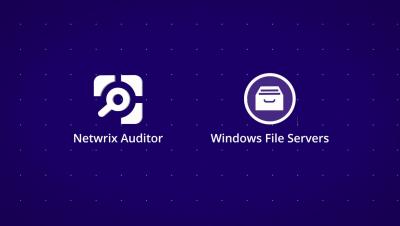Top Things that SysAdmins Really Hate
Being a sysadmin basically means being a superhero. Fighting bad guys (aka hackers), helping ordinary people (aka users), saving your home (aka IT environment) from various disasters — it all sounds very heroic, but it’s just an average day in a sysadmin’s life. But superheroes can feel pain as well. Five years ago, we asked brave sysadmins to blow off some steam and complain about their suffering by letting us know what they really hate about their work.










